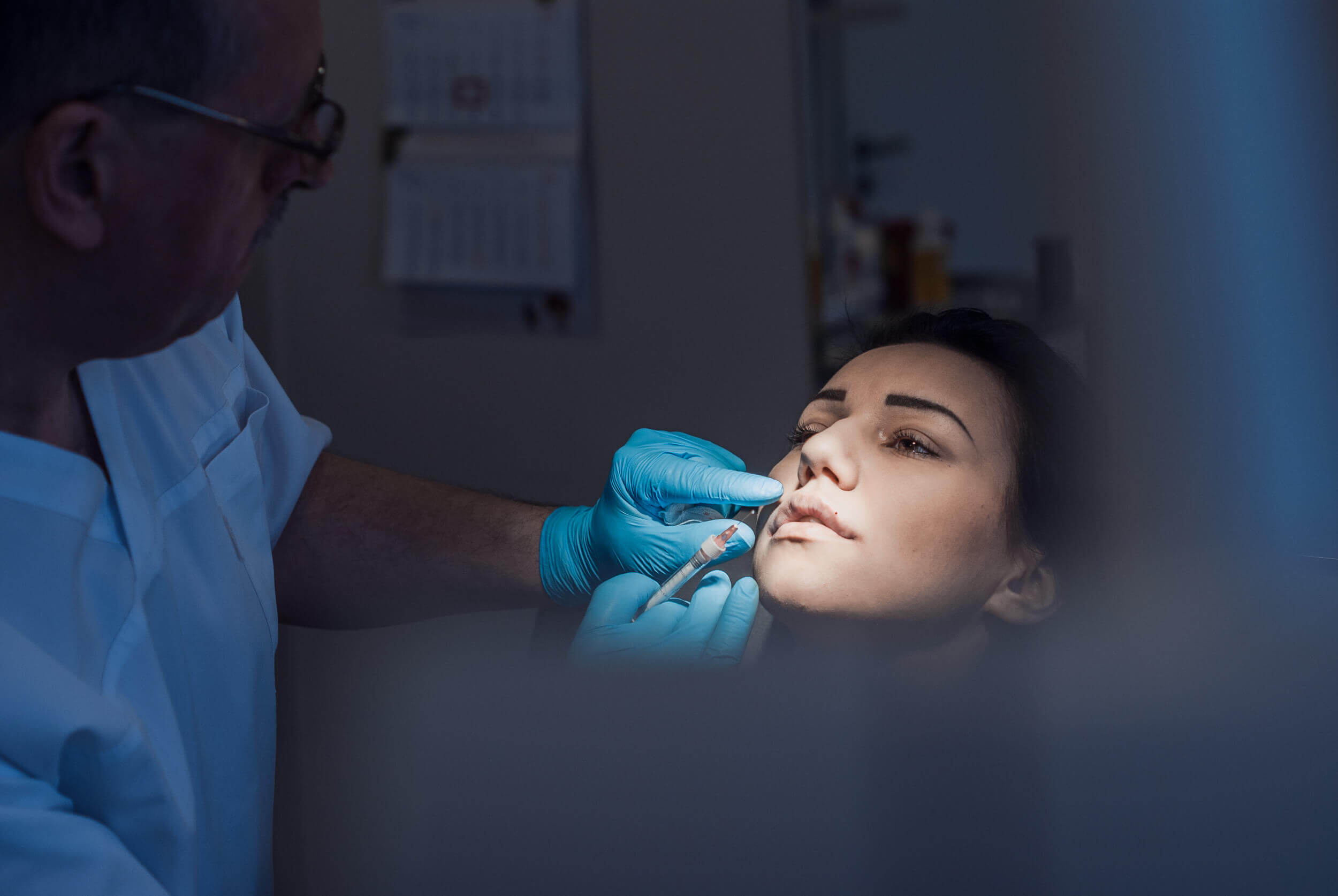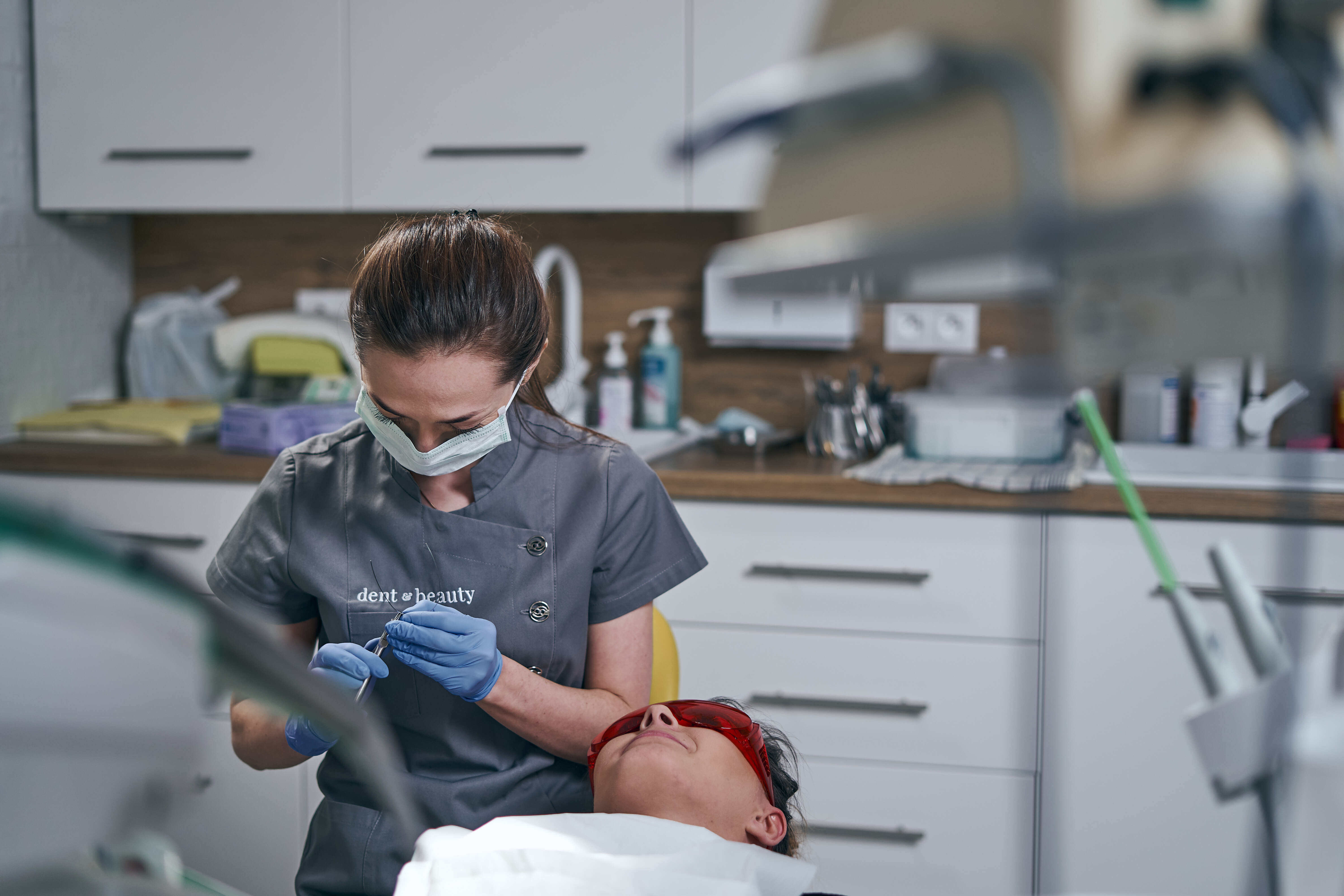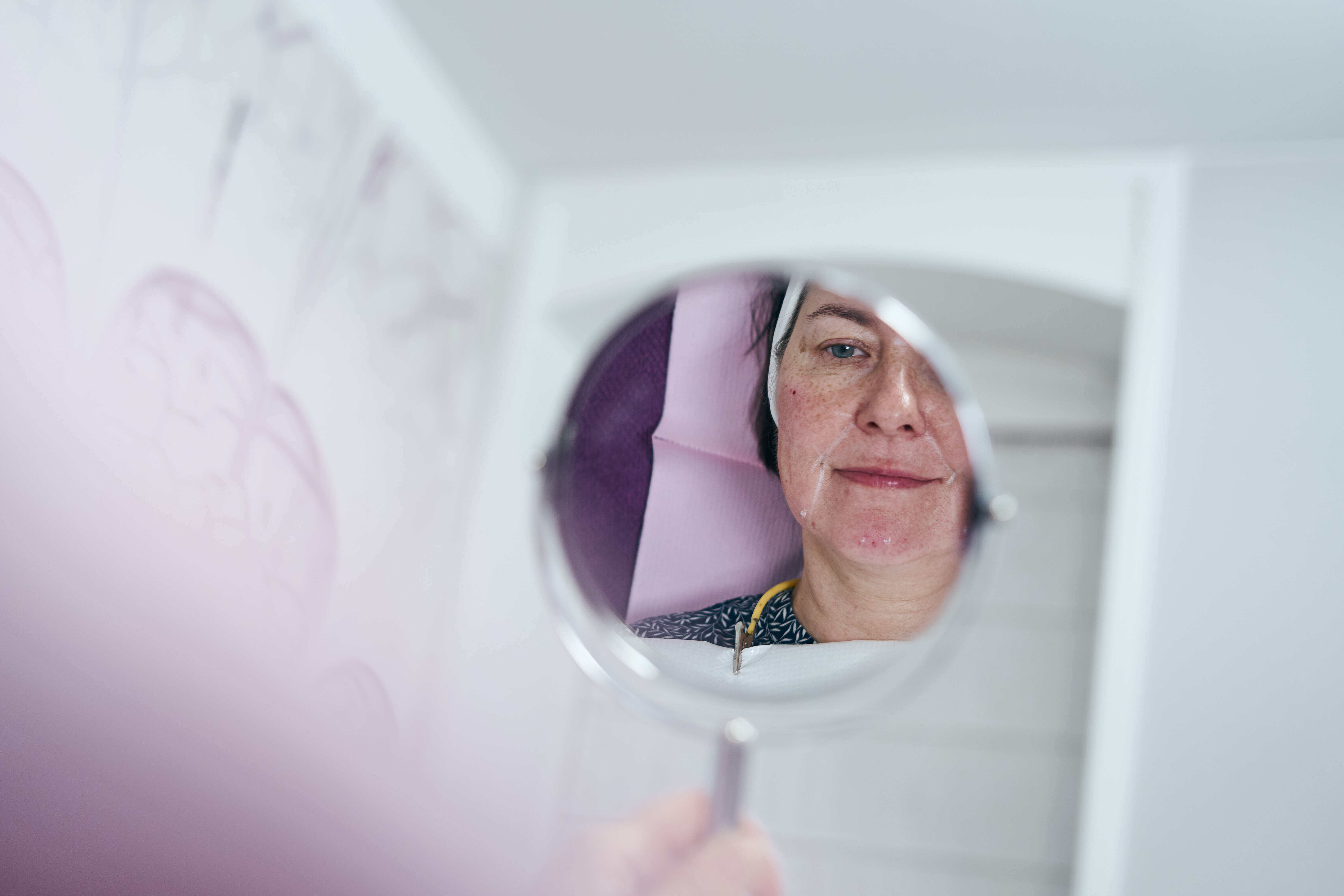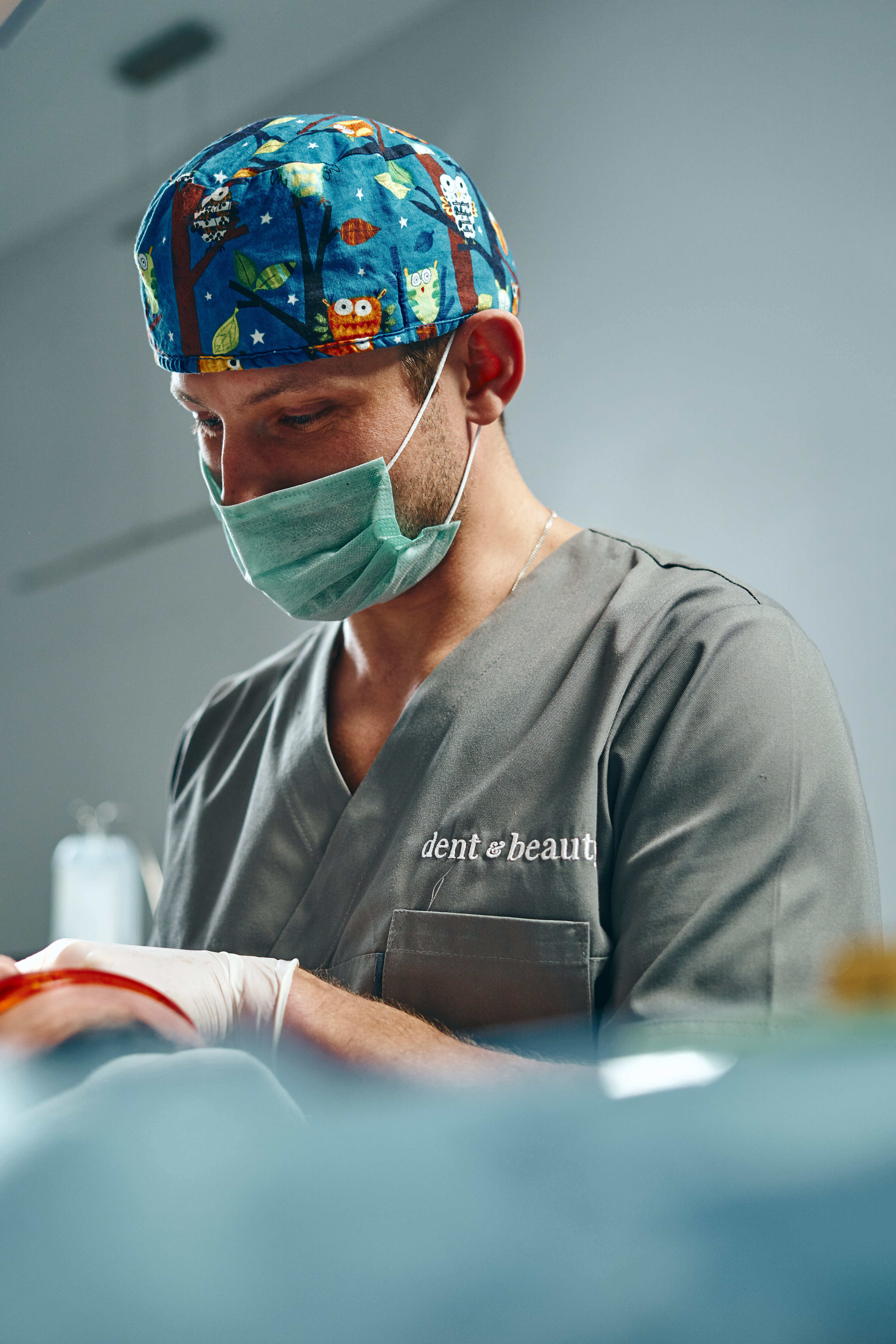Importance of photography in the healthcare industry

The importance of photography in the medical sector in building audience trust and promoting your healthcare brand.
These days, positioning your healthcare business at the forefront of digital transformation is becoming increasingly complicated. While users crave usability, simplicity, and security, businesses aim to dominate the niche caused by the dramatic shift toward digital medicine, leading to fierce competition.
Thus, creating value for the customer won't be enough to succeed in the content-cluttered environment; you might need more — to demonstrate it. One of the ways is through imagery.
Since the first medical photo was taken in a French hospital in 1840 [1], photography services have continued to play a pivotal role in the digital health industry.

Photography in the healthcare industry: the problem from within
It seems easy to take a crisp image today, but the challenges are not far off when it comes to medical-oriented visual content. However, ignoring photography of your product or services in dynamic medical surroundings is justified. The legal issue of privacy is not the main obstacle companies face when following a strategy based on photography.


The pitfalls of photography in the medical sector
- Lack of professional photography equipment
Well, this is not limited to the healthcare sector. But the problem with medical-oriented organizations is that capturing an intricate process, specialistic equipment, or an innovative product is almost impossible without using special lenses and camera settings.
In addition, a different approach is required as the medical environment may not be the most visually appealing. So, it is hard to do without state-of-the-art digital imaging software. For example, a new feature in modern mirrorless cameras such as "silent shutter" is a great tool to be almost invisible during a photoshoot. Thus, a shutter does not produce the characteristic "click" sound and, as a result, the process of photography remains silent, which makes the creative workflow more pleasant.
- Lack of the proper place
Often, medical businesses are also struggling with the problem of having a place to shoot photos. For example, while photographing pharma-oriented products does not cause many difficulties in terms of choosing a location, there are issues with dental services.
The point is that the conditions for photographing a medical brand or service differ from one company to another. But, in any case, the choice of location plays a crucial role in getting the relevant result.
- Lack of "legal ease"
The complexity of legal issues can prevent companies from implementing a photography content strategy
Intricate medical policy and the difficulty caused by clinical setting leads businesses to believe that shooting high-quality photos is only possible with an extensive budget and a specialized team of photographers.
So, these three main hurdles push companies to put off photography until better times or exclude this marketing tool from the workflow altogether.
Of course, photography is not the only thing that can bring success to your project. But it can be hard to get ahead without showing your audience the value of your solution in a content-dominated era. Personalized to your brand photos are an important part of the design, capable of first attracting potential customers and then retaining them.

Benefits of bringing photography to your healthcare business
1. Enhanced trust
A positive brand image can act as a leading factor in customer satisfaction and subsequent inflow. Increased loyalty can raise the likelihood of a re-visit, re-purchase, or re-use.
A first-time user of your product or service is likely to experience uncertainty. It's normal. But the visual content of your product in the form of videos, infographics, or a process captured in a photo can help them move through "confusion" to determination and invoke feelings of trust.
2. Increased user awareness
A Nielsen Norman Group study found that users pay more attention to information-carrying photos in search of answers to their questions than to using copy instead [2]. Moreover, 85% of viewers are more likely to buy a product or use a service after watching a video presentation of a product or service [3].
And it is. As mentioned above, users value time while businesses don't tolerate stagnation. One way to present your complex solution or product in an easy and digestible way could be the usage of visual elements that can become part of your overall solution design:
Informing the audience through quality photos can contribute to one of the main things — increased trust and brand awareness.
3. Improved brand promotion
Attention to detail, together with a well-rounded approach to photography, will lead to high-quality photos that can reveal the potential of your product and deliver a brand message without saying a word.
In the end, high-quality photography reflecting the realities of your services or product plays a significant role in creating a positive image for your organization, allowing you to take the business to the next level.
Brandmed, with its cross-functional team made up of healthcare-related professionals, can guide you in unleashing your brand's power through its visual photographic imagery. From creating quality photos to the web and mobile products, our team is ready to help make your ideas a reality and your project a growth driver for your business. Just drop us a line.
References:
- https://en.wikipedia.org/wiki/Medical_photography
- https://www.nngroup.com/articles/how-people-read-online/
- https://neilpatel.com/blog/product-videos-conversion/
- https://link.springer.com/article/10.1007/s10278-022-00584-0
- https://www.sciencedirect.com/topics/nursing-and-health-professions/medical-photography
- https://your-comics.com/en/article/visual-health-communication-50.html
 Medical Content Creation
Medical Content Creation
 Digital Product Development
Digital Product Development
 Growth Marketing
Growth Marketing
